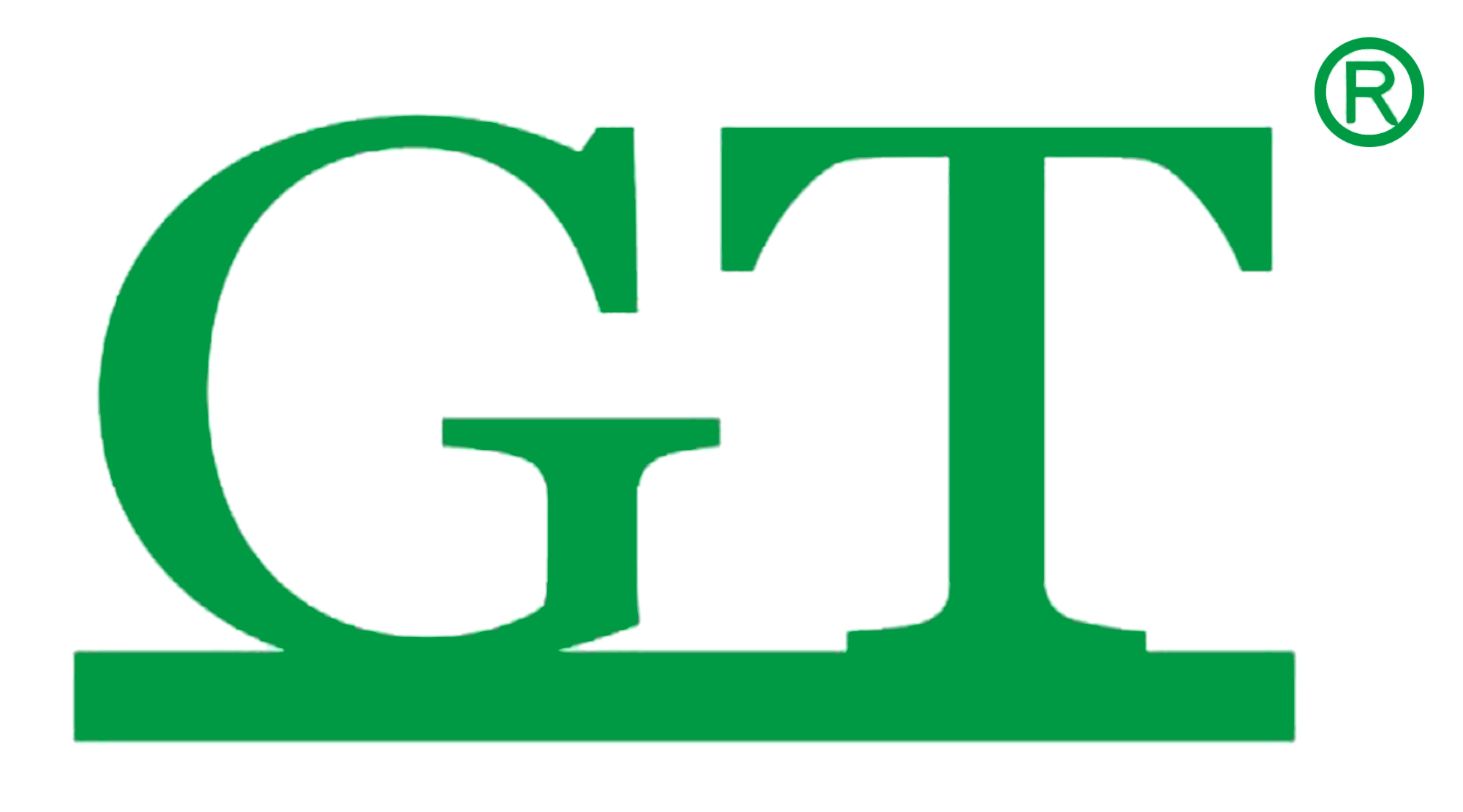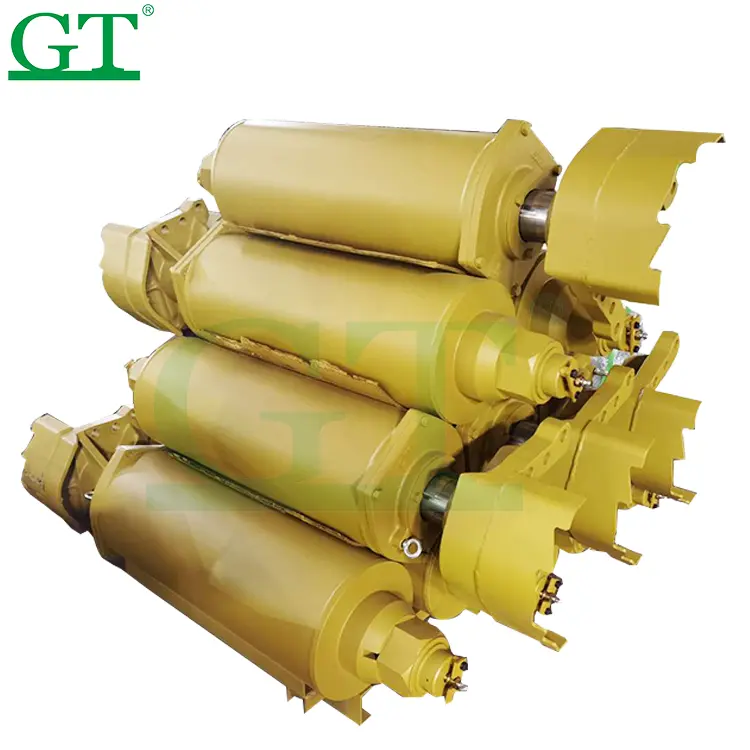Definition and Core Components of Track Adjusters
Track adjusters serve as critical tension management systems in heavy equipment, combining four interdependent components to maintain optimal track performance. These mechanisms balance structural integrity with dynamic load demands across construction, mining, and agricultural applications.
The Role of Track Springs in Tension Regulation
Track springs absorb shock loads while maintaining baseline tension levels, compensating for track chain elongation during operation. Made from tempered alloy steel, these springs provide 8-12 kN of constant force in standard bulldozer configurations.
Yoke Functionality: Critical Structural Interface
The forged steel yoke transfers forces between the track frame and hydraulic tensioning cylinder, withstanding up to 23 MPa of compressive stress during digging cycles. Precision-machined alignment surfaces ensure proper force distribution.
Seals and Gaskets: Contamination Defense Systems
Multi-layered seals constructed from hydrogenated Nitrile butadiene rubber (HNBR) prevent particulate ingress smaller than 15 microns in desert operating conditions. Recent field data reveals seal failures account for 78% of hydraulic cylinder contamination incidents (Fluid Power Systems Report, 2023).
Grease Nipples: Precision Lubrication Access
High-flow zerk fittings enable targeted delivery of lithium-complex grease to pivot points, with OEMs recommending 35-40 pump strokes per 50 operating hours.
How Track Adjusters Maintain Operational Tension
Track adjusters serve as tension regulators for heavy equipment tracks, balancing structural integrity with mobility demands. These systems counteract track elongation caused by operational stresses, preventing catastrophic detracking events while optimizing power transfer efficiency.
Hydraulic vs Mechanical Tensioning Mechanisms
Hydraulic systems dominate 78% of contemporary heavy machinery (Journal of Earthmoving Equipment, 2023), using pressurized fluid to displace adjustment pistons. This method enables precise force control (±150 PSI tolerance). Mechanical alternatives employ spring-loaded or threaded rod designs, offering lower upfront costs but requiring manual recalibration every 50 operating hours.
Tension Adjustment Cycle: From Slack to Optimal
The tensioning sequence begins with slack detection through track sag measurements (typically 0.5"-1" depending on machine class). Technicians activate grease pumps to extend the adjuster cylinder, creating a cascading force transfer:
- Grease pressure displaces the piston (3,000 PSI max)
- Idler wheel pushes against track chain
- Track links compress to eliminate excess play
Impact of Proper Tension on Fuel Efficiency
Optimized track tension reduces rolling resistance by 22% according to NIST (2020) studies, directly translating to fuel savings. For a 350-horsepower dozer operating 2,000 annual hours:
- Overtightened tracks increase fuel consumption by 8%
- Undertightened configurations waste 6% more fuel through slippage
Common Track Adjuster Failure Patterns
Corroded Track Springs: Premature Wear Analysis
Track spring corrosion ranks among the most prevalent track adjuster failures, often triggered by prolonged exposure to moisture and chemical agents. Left unaddressed, stress fractures can propagate through compromised metal, leading to emergency replacements.
Seal Degradation: Leakage and Contamination Risks
Compromised seals allow hydraulic fluid leaks while permitting abrasive contaminants to infiltrate adjuster mechanisms. This contamination accelerates wear on pistons and bearings, often manifesting as erratic tension adjustments during load shifts.
Yoke Misalignment: Operational Stress Indicators
Misaligned yokes transfer uneven stresses to pivot points, visible as asymmetric wear patterns on bushings. Without correction, this shears mounting bolts or cracks adjuster frames, often requiring full undercarriage realignment.
Blocked Lubrication Points: Friction Acceleration
Clogged grease nipples starve critical joints of lubrication, forcing metal-to-metal contact between adjuster components. Preventive protocols specify using high-temperature grease to flush debris and maintain protective film integrity.
Track Adjusters in Heavy Machinery Applications
Construction Equipment: Bulldozer Implementation
Track adjusters in bulldozers optimize steel track tension to maintain stability across uneven terrain. A 2024 Heavy Equipment Analysis shows properly tensioned tracks lower undercarriage wear by 18% in rocky environments.
Agricultural Systems: Harvester Track Configurations
Agricultural track adjusters prioritize ground pressure distribution to prevent soil compaction. Adjusters in these systems often feature corrosion-resistant coatings to withstand fertilizer exposure and seasonal moisture fluctuations.
Mining Operations: Extreme Load Management
Mining equipment track adjusters employ reinforced steel bushings and high-tensility springs to handle loads exceeding 90 tons. Hydraulic tensioning mechanisms automatically counteract track stretching caused by haulage cycle stresses.
Preventative Maintenance Strategies for Track Adjusters
Proactive maintenance reduces replacement costs by up to 65% while extending component lifespan (Journal of Heavy Equipment Reliability, 2023). Effective strategies combine scheduled servicing with condition-based interventions.
Lubrication Protocols: Frequency and Volume Standards
Track adjusters require grease replenishment every 50–75 operating hours using high-temperature lithium-complex formulations. Manufacturers specify 15–20 cc/injection points per maintenance cycle.
Tension Calibration: OEM Specifications vs Field Reality
Optimal tension balances 20–30 mm track sag under load with <5% deviation between left/right adjusters. Operators should verify tension after first 8 hours of new component break-in.
Component Replacement: Warning Signs Checklist
Automatic vs Manual Track Adjusters: Operational Tradeoffs
Labor Cost Savings vs System Complexity
Automatic track adjusters reduce labor requirements by approximately 18% (Construction Machinery Journal 2023), but introduce complex components with repair costs 30–40% higher than manual counterparts.
Precision Engineering vs Operator Control
Manual configurations preserve human oversight for quick response to unexpected obstacles, reducing track replacement frequency by 22% in mixed-condition operations (Heavy Equipment Maintenance Report 2024).
FAQs about Track Adjusters
What are track adjusters used for?
Track adjusters are tension management systems used in heavy equipment to maintain optimal track performance, balancing structural integrity and dynamic load demands.
What causes track adjuster failures?
Common causes include track spring corrosion, seal degradation leading to leakage, yoke misalignment, and blocked lubrication points causing friction acceleration.
Why is track tension important?
Proper track tension reduces rolling resistance and translates directly into fuel efficiency, preventing detracking events and optimizing power transfer efficiency.
What is the difference between hydraulic and mechanical tensioning mechanisms?
Hydraulic systems use pressurized fluid for precise force control, while mechanical systems use spring-loaded or threaded rod designs, requiring manual recalibration.
Table of Contents
- Definition and Core Components of Track Adjusters
- The forged steel yoke transfers forces between the track frame and hydraulic tensioning cylinder, withstanding up to 23 MPa of compressive stress during digging cycles. Precision-machined alignment surfaces ensure proper force distribution.
- How Track Adjusters Maintain Operational Tension
- Common Track Adjuster Failure Patterns
- Track Adjusters in Heavy Machinery Applications
- Preventative Maintenance Strategies for Track Adjusters
- Automatic vs Manual Track Adjusters: Operational Tradeoffs
- FAQs about Track Adjusters




